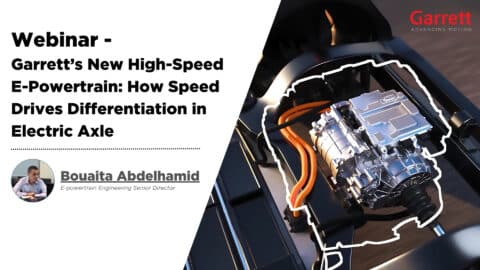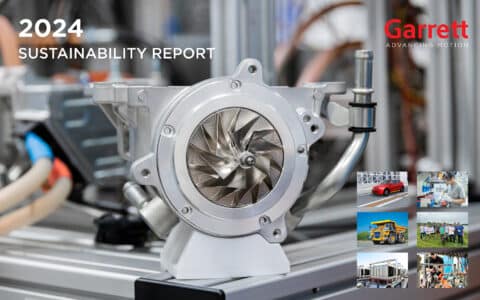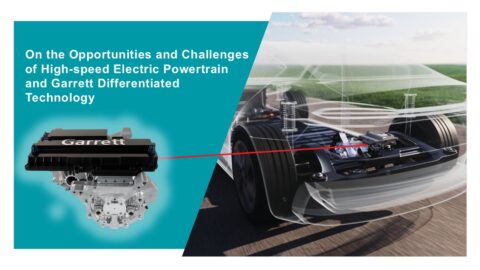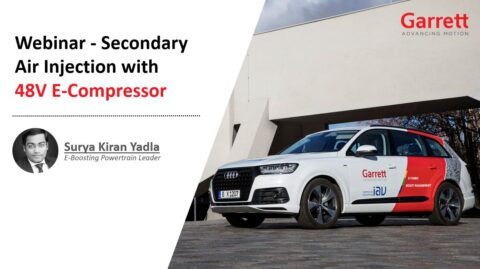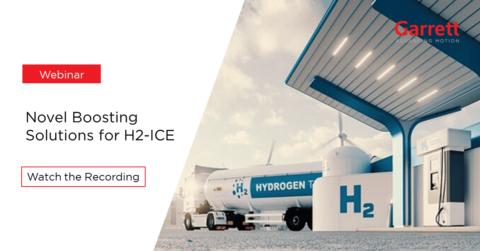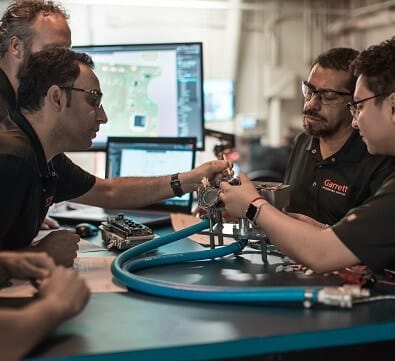ABSTRACT
Macro trends on increasingly stringent emission regulations, health concerns linked to air pollution in cities and 48 V penetration due to growing electric auxiliary
demand at vehicle level are allowing penetration of electrified air-boosting systems. Such systems create new degrees of freedom and enable new optimization
strategies for internal combustion engines.
This paper examines different electric boosting architectures and their considerations between transient response, fuel consumption & electric energy consumption on an I.C. engine suitable for a Mild Hybrid D-Segment diesel vehicle. Electric assist architectures considered are e-Charger downstream of main Turbocharger and e-Turbo.
The architectures are assessed via simulations, on Low end torque capability, transient response events and recuperation. Sub-component level energy break down into different streams along with typical efficiency interactions are used to develop these comparisons. Thorough understanding of the advantages and compromises well ahead in the product life cycle, help drive better decisions for specific engine and vehicle applications, encapsulating the broader intent of this work.







